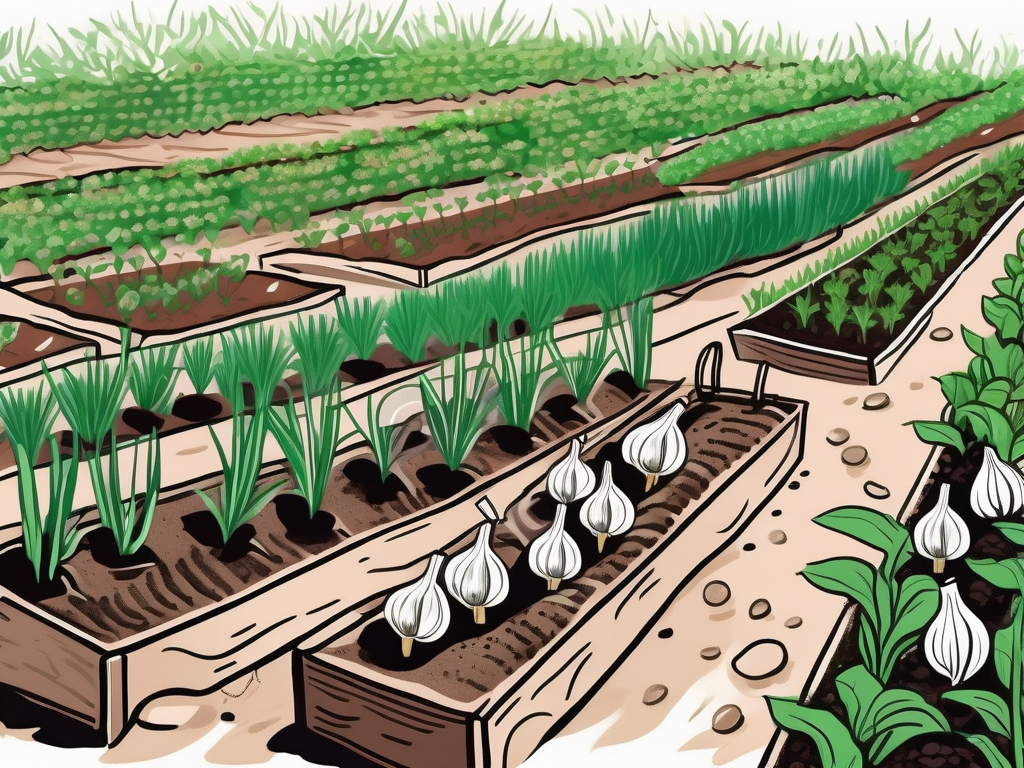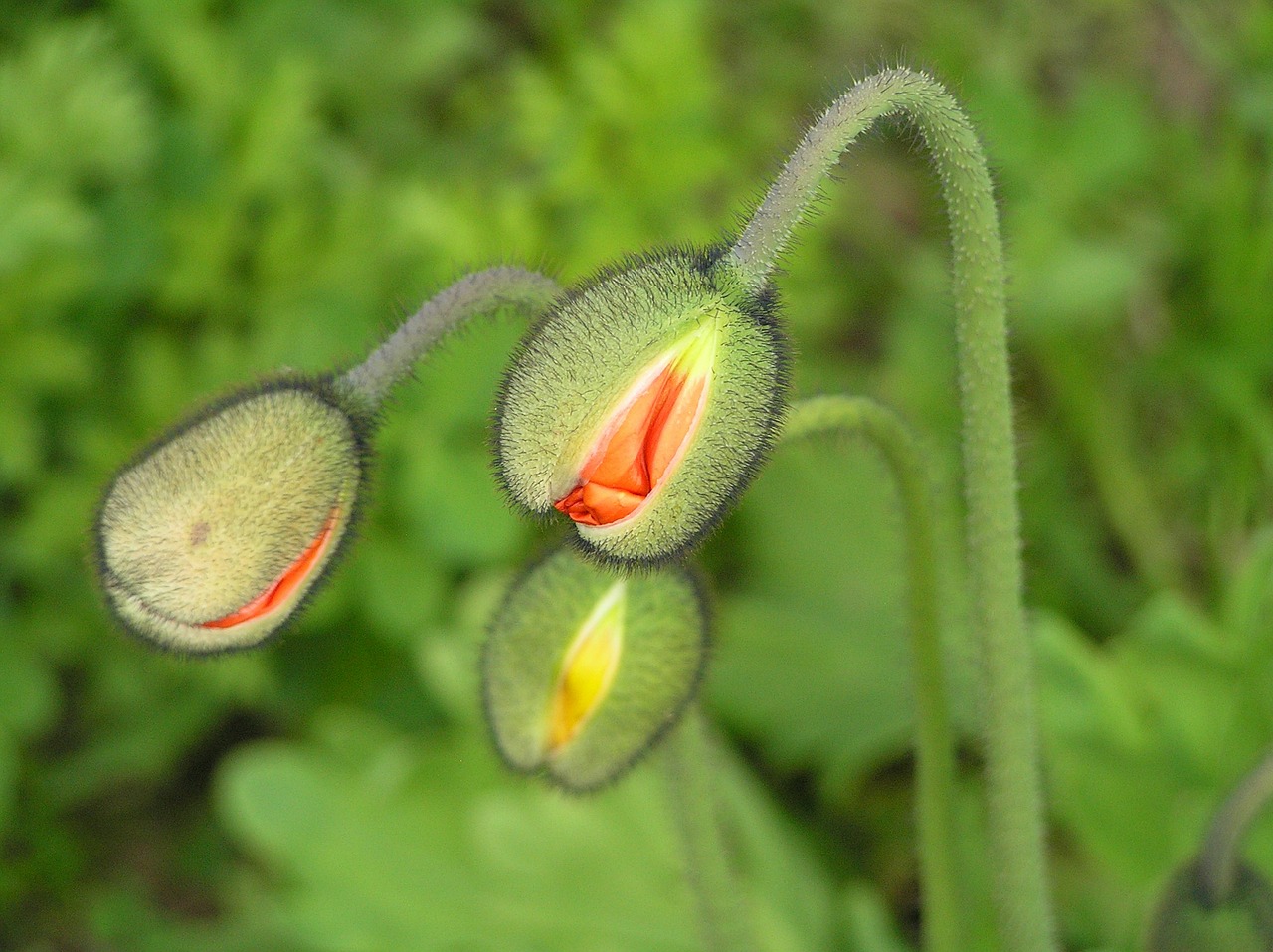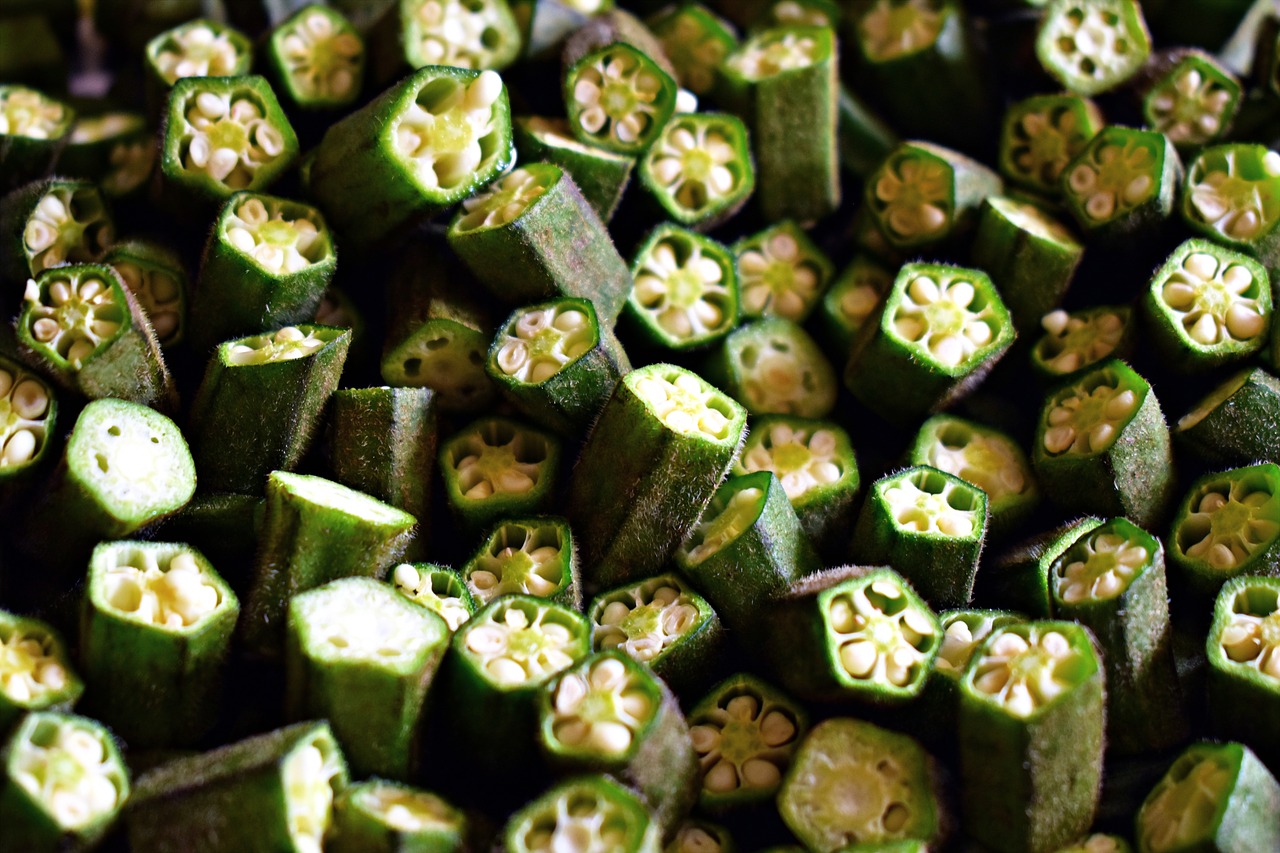Amaranth or the Foxtail is a cultivated relative of Amaranth lividus var. ascendeus, which originates from Central and Southern Europe. The farmers were planting its sub-species “Oleraceus” as spinach. It was during the 16th and 17th centuries. It has become a rare plant today.
Amaranth (Foxtail) can vary in structure, as well as in appearance. Its leaf is about 3.5 inches long. It’s striped, ovoid, and alternately arranged, and light green with whitish. It also has strongly branched veins.
In China and eastern India, this plant is often planted – the same way we plant spinach.
Some species of Amaranth are usually grown as our favorite ornamental plants. There are many varieties within this species. They come with white, yellow, orange, purple-red, or purple flower stalks. The stalks are either hanging or standing upright.
The Amaranth is sown at the appropriate row spacing and makes an ideal partner for cucumbers.
All plants for freshly fertilized soil are suitable as the pre-culture. There is an exception, though – the plants from the same family and members of the porcini family.
Amaranth – Climate, and habitat
Amaranth requires sunny, warm habitat. It also tolerates a bit of shade. The soil should never be completely dry.
Amaranth – The soil
The soil needs to be sandy, humus loamy soil, as well as all deeply cultivated, humus-rich garden soils.
Planting and transplanting Amaranth
Foxtail is suitable for pre-cultivation in a warm hatchery or in containers with a diameter of 2.5 to 3.2 inches. Fill the containers with a mixture of compost and sand. Lightly cover the seeds with soil and place the pots in a bright place. When the plants grow 1 to 1.5 inches they become hardened. Then, in late May or early June, you should transplant them to a permanent place.
Amaranth (Foxtail) plants form bushes, and they can grow to a height of 60 inches.
Amaranth – Care and fertilization
Loosen the soil well until the plants cover the soil. You should not fertilize soils rich in manure or compost. Also, you should mix heavy soils with a larger amount of sand.
Harvesting Amaranth
You can harvest the leaves of amaranth throughout the whole summer. In autumn the seeds contain a high percentage of protein.
Application and storage
Prepare the leaves of Amaranth (Foxtail) the same way as you would do with spinach, for example as a side dish to meat. It’s not possible to store the amaranth.
Amaranth varieties
There are a large number of hybrids and subspecies that are, above all, being grown in warmer regions. Our farmers are familiar with the plant, but the offer on the market is very weak. We consume some sub-species of Amaranth like a vegetable. These sub-species include Amaranth caudatus, Amaranth aruentus, Amaranth hypochondnacus.
When it comes to Amaranth edulis you should plant it in the period from the beginning to the middle of April under foil or in a greenhouse. From the middle of May you should transplant it to the soil at a distance of 28 x 12 inches.
All species of Amaranth usually have red stalks. Besides growing cultivated varieties, there are also varieties with spotted (“Splendeus” or “Salicifolius”) or variegated leaves (Amaranth tricolor). These varieties are most often grown as potted plants.




